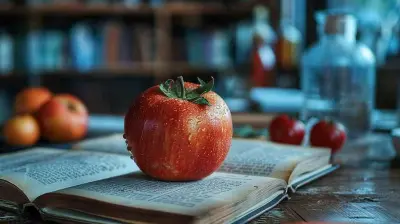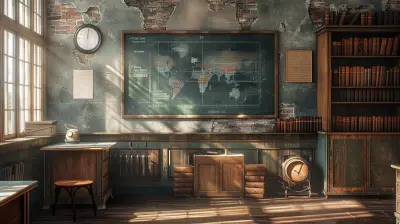Differentiating Instruction in Art and Music Classrooms
3 June 2025
When we think about the diversity in a classroom, we often picture students with different learning styles, interests, and abilities. But what happens when you add creativity into the mix? In art and music classrooms, where creativity thrives, it's even more important to recognize that not all students learn the same way. Differentiating instruction in these creative spaces can be a game-changer for student engagement and success.
Whether you're an art or music teacher, understanding how to differentiate instruction isn't just a trendy educational buzzword. It's a powerful tool to ensure every student feels seen, supported, and inspired. So, how do we do that? Let’s dive into the world of differentiated instruction in art and music classrooms and find out!
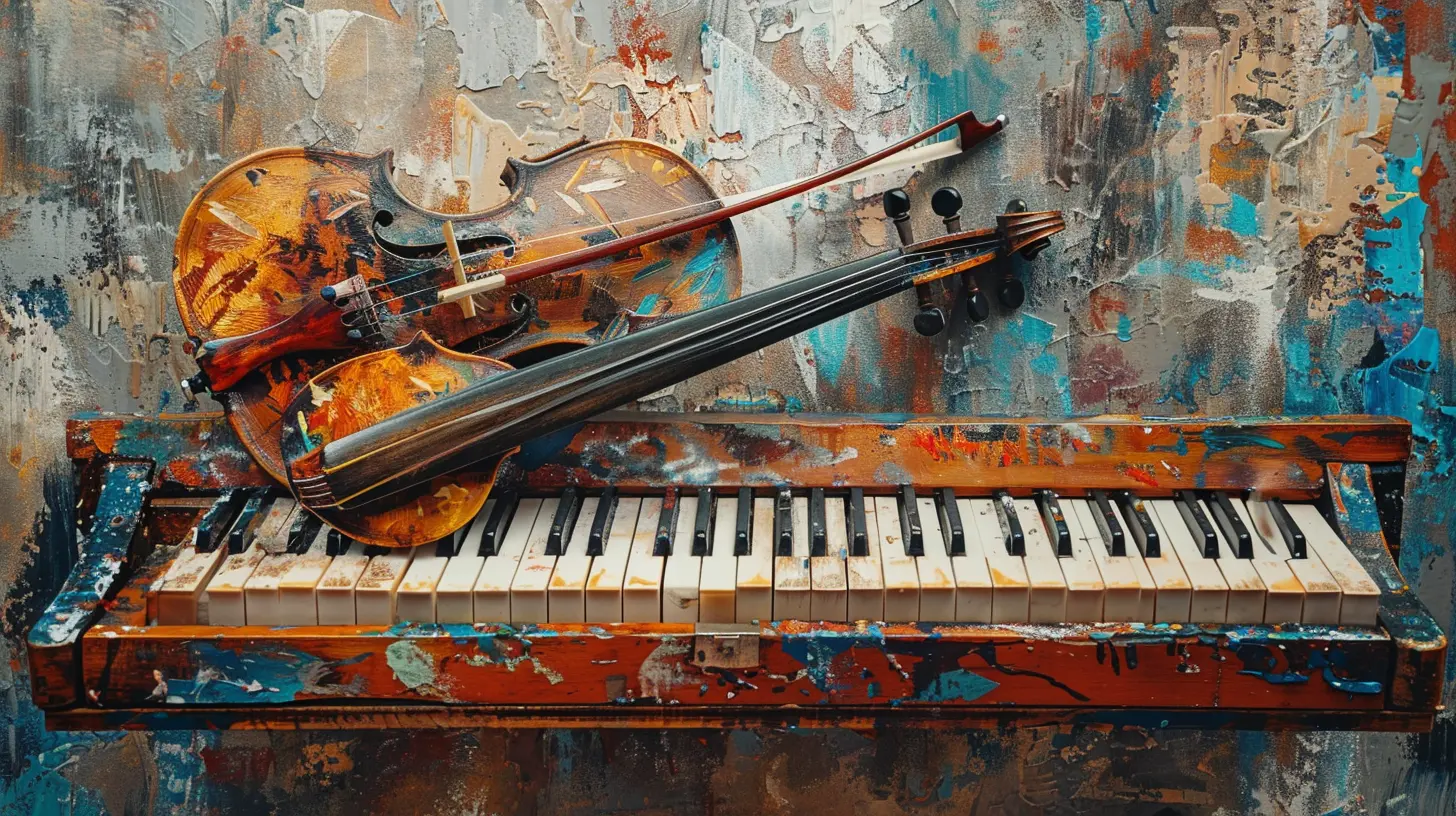
What is Differentiated Instruction?
Before we jump into the specifics of art and music, let’s break down what differentiated instruction is. Picture this: You’re at a buffet, and there’s a variety of food for every taste—vegetarian dishes, spicy cuisine, gluten-free options, and even some comfort food. Everyone can choose what suits them best while still enjoying a shared experience. Differentiated instruction works similarly. It’s all about offering students different paths to learning the same content.Instead of a one-size-fits-all approach, differentiated instruction tailors the learning process to meet individual needs. This can involve varying the content, process, product, or learning environment. The goal is to engage every student by addressing their strengths, weaknesses, interests, and learning profiles.
In other words, differentiated instruction is not about making things easier or harder for certain students. It's about making learning accessible and meaningful for everyone.
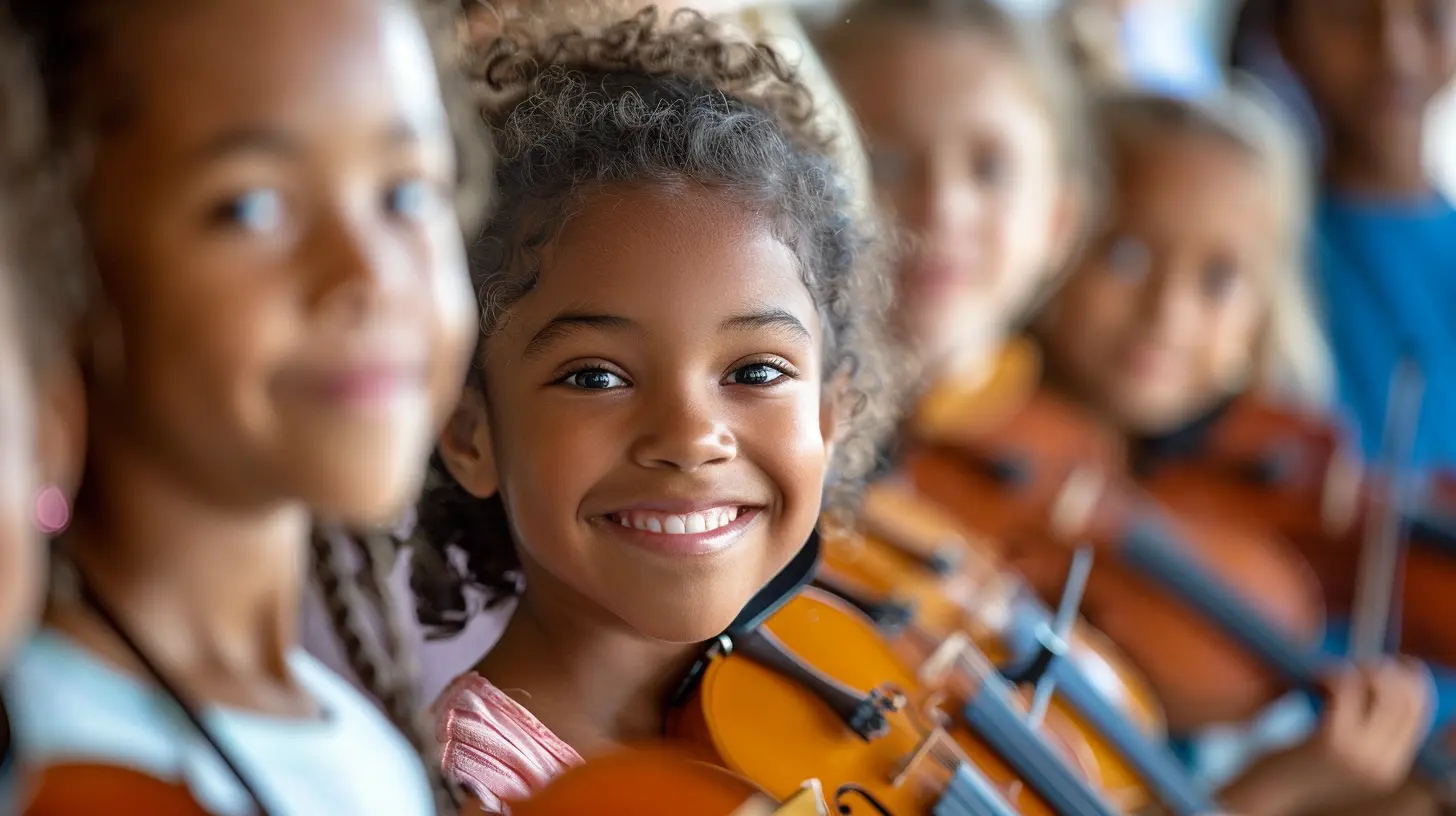
Why Differentiation is Crucial in Art and Music Classrooms
Art and music are inherently creative subjects, which makes them perfect for differentiation. Students come to these classes with different levels of experience, unique artistic preferences, and a wide variety of learning styles. Some may already have a strong foundation in the subject, while others are just beginning to explore their creative sides.Think about it: In a music classroom, you might have one student who’s been playing the piano since they were five, while another student is learning how to hold a drumstick for the first time. In an art class, one student might be sketching realistic portraits, while another is still figuring out how to mix colors.
Neither student is better or worse; they’re simply starting from different places. This is where differentiation comes in. Without it, you risk leaving some students bored and others confused. But with it, you can ensure that everyone is challenged and supported in a way that matches their unique needs.
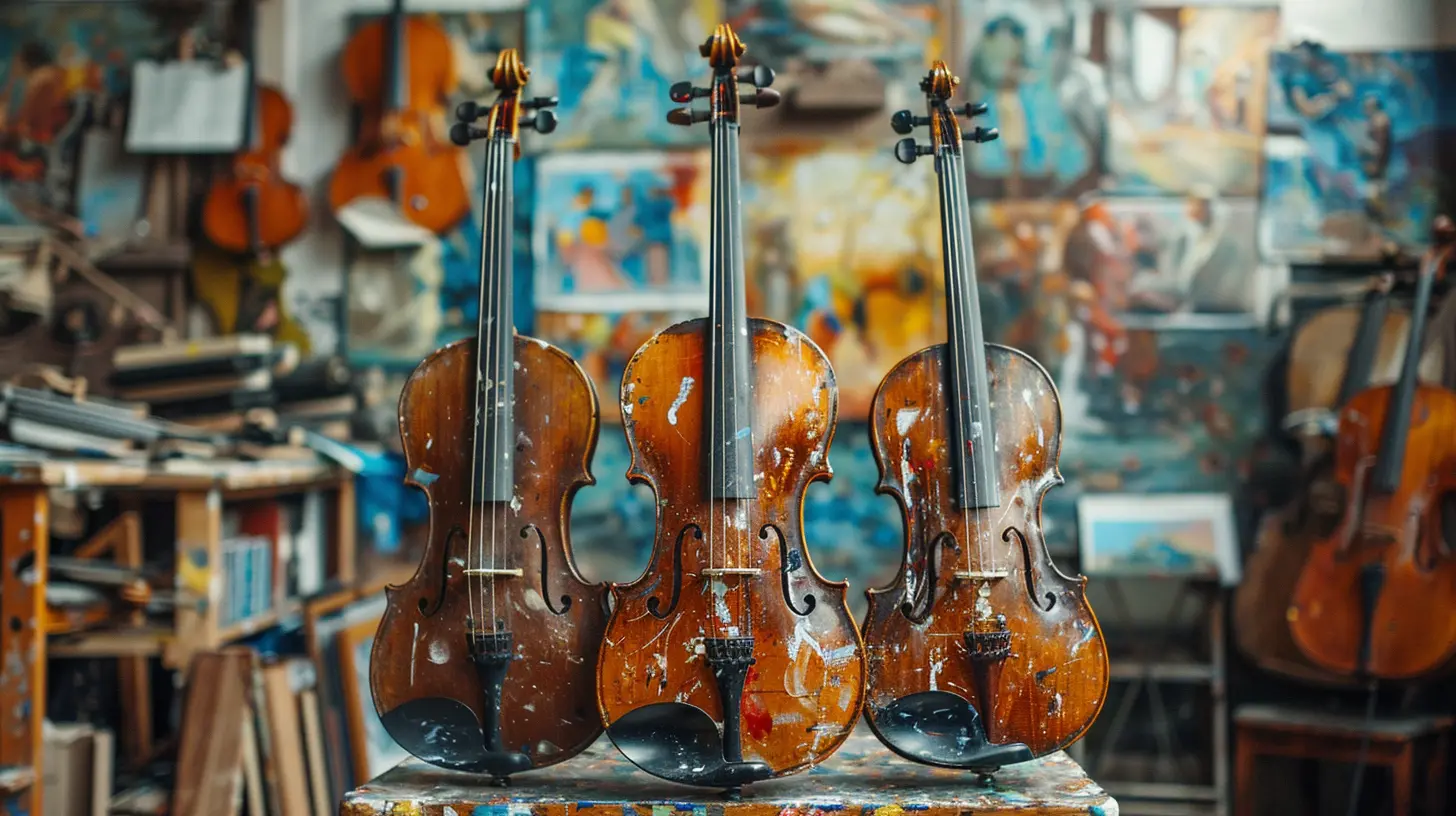
Key Strategies for Differentiating Instruction in Art Classrooms
1. Varying the Materials
Art provides so many opportunities to differentiate based on the materials students use. Some students might feel more comfortable expressing themselves through drawing, while others might prefer sculpting or painting. Offering a variety of mediums gives students the freedom to explore their creativity in a way that feels natural to them.For example, if you're teaching a lesson on texture, you could offer materials like clay, fabric, or textured paper in addition to traditional drawing supplies. This allows students to choose the medium they're most excited about while still meeting the learning objectives.
2. Tiered Assignments
Tiered assignments are a great way to meet students where they are. You can create different levels of complexity for the same assignment, so everyone is working on the same concept but at a level that challenges them appropriately.For example, if you're teaching a unit on perspective drawing, you might have one group of students working on simple one-point perspective drawings, while another group tackles two-point perspective, and a third group experiments with three-point perspective. Each group is working on the same fundamental skill, but at a level that matches their experience and ability.
3. Student Choice
One of the simplest ways to differentiate is by giving students choices. In an art classroom, this can be as easy as allowing students to choose their subject matter for a project or giving them a list of techniques to explore.For example, if the objective is to create a self-portrait, you could give students the option to use any style they’ve learned—realism, abstract, impressionism, etc. This allows students to engage with the project in a way that feels personal and meaningful to them.
4. Flexible Grouping
Grouping students flexibly can also support differentiation in an art class. You might group students by skill level, interest, or even randomly to encourage collaboration and peer learning. In some cases, you may want to group students with similar abilities so that you can provide more targeted instruction, while other times, mixed-ability groups can foster peer teaching and diverse perspectives.For instance, during a group mural project, you could assign roles based on strengths: one student might design the layout, another might focus on color choices, and another might specialize in fine details.
5. Process Over Product
In an art classroom, it's important to emphasize the process rather than the final product. Not every student will create a masterpiece, but every student can grow and develop as an artist. By focusing on the process, you can differentiate based on individual progress rather than comparing students to one another.Encourage students to reflect on what they’ve learned, how they’ve improved, and what they might do differently next time. This growth mindset helps students see value in their work, even if it doesn’t look like a gallery-ready piece.
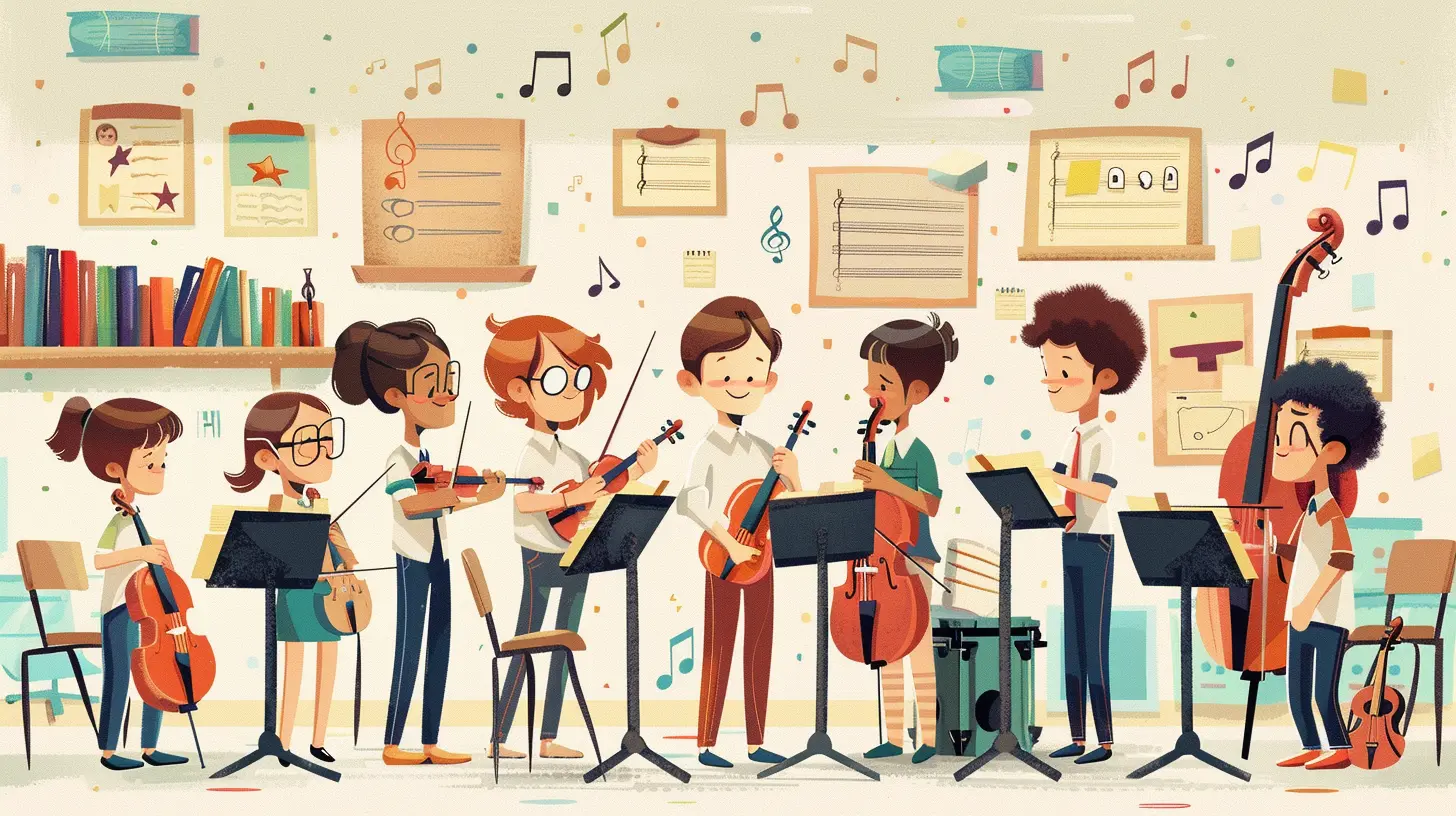
Key Strategies for Differentiating Instruction in Music Classrooms
1. Adapting the Music
Just as in art, you can differentiate in a music classroom by offering students different ways to experience and create music. This might mean adapting the music itself to match students' abilities.For example, if you’re teaching rhythm, you could provide different levels of complexity. Some students might work on clapping out simple quarter notes, while others might be ready to tackle syncopated rhythms. The key is to ensure that everyone is working on the same concept but at a level that’s appropriate for them.
2. Incorporating Technology
Technology can be a powerful tool for differentiation in music education. Music composition software, for instance, allows students to experiment with creating their own music, even if they don’t have the technical skills to play an instrument.Programs like GarageBand or Noteflight give students the opportunity to compose and arrange music digitally. This can be especially helpful for students who struggle with traditional instruments or those who are more comfortable working in a tech-based environment.
3. Individual and Group Work
Just like in art classrooms, flexible grouping can make a big difference in music education. Some students may thrive in group performance settings, while others might prefer solo work. Offering a mix of individual and group projects allows students to explore both options.For instance, you might have students work in small ensembles for a performance, but also require them to complete individual reflection assignments on their role in the group. This allows students to build their collaborative skills while still taking ownership of their individual contributions.
4. Chunking the Learning
Chunking is another effective strategy for differentiation in music. Break down complex skills into smaller, more manageable pieces. For example, if you’re teaching a piece of music for a performance, you might have some students focus on just a few measures at a time, while more advanced students work on entire sections.Think of it like learning to play a video game—you wouldn't expect someone to beat the final boss on their first try, right? You'd start with the basics and work your way up. The same concept applies to music.
5. Multisensory Learning
Music is naturally multisensory, but you can amplify this by incorporating visual, auditory, and kinesthetic experiences into your lessons. For example, when teaching rhythm, you could have students tap out beats, read notation, and listen to examples all in the same lesson. This appeals to different learning styles and helps reinforce concepts in multiple ways.Overcoming Challenges in Differentiating Instruction
Differentiation sounds great in theory, but in practice, it can be challenging. One of the biggest hurdles teachers face is time. Planning differentiated lessons takes effort, and when you're already juggling grading, meetings, and everything else on your plate, it can feel like too much.A solution? Start small. You don’t have to overhaul your entire curriculum overnight. Begin by differentiating one lesson or project at a time. As you get more comfortable with the process, it will become easier to integrate differentiation into your daily teaching routine.
Another challenge is classroom management. With students working at different levels, it can be hard to keep everyone on track. Set clear expectations from the start and establish routines that allow for independent work. You might also consider using learning stations or centers, where students can rotate through different activities at their own pace.
Final Thoughts
Differentiating instruction in art and music classrooms is all about recognizing the unique talents, interests, and learning styles of your students. By offering a variety of materials, assignments, and learning experiences, you can ensure that every student feels challenged, engaged, and supported. And perhaps most importantly, you’re fostering a love of creativity that will last a lifetime.Remember, differentiation isn’t about making your life harder—it’s about making learning more meaningful for your students. And when you see your students thriving in a creative environment where they feel understood, it’s more than worth the effort.
all images in this post were generated using AI tools
Category:
Differentiated InstructionAuthor:

Olivia Chapman
Discussion
rate this article
3 comments
Willow Erickson
This article offers valuable insights into differentiating instruction. I appreciate the practical tips for enhancing creativity and engagement in art and music.
June 17, 2025 at 2:23 AM

Olivia Chapman
Thank you for your kind words! I'm glad you found the tips helpful for enhancing creativity and engagement in the classroom.
Dior Henson
This article offers intriguing insights into differentiating instruction in creative fields. I'm curious to learn more about practical strategies that can enhance student engagement and foster individual artistic expression.
June 10, 2025 at 4:06 AM

Olivia Chapman
Thank you for your interest! Practical strategies include using choice-based assignments, flexible grouping, and incorporating varied assessment methods to enhance engagement and support individual artistic expression.
Nymira King
This article offers valuable insights into differentiating instruction in art and music classrooms. By embracing diverse learning styles, educators can foster creativity and engagement, ensuring that all students thrive in their artistic endeavors. Thank you for sharing!
June 9, 2025 at 10:45 AM

Olivia Chapman
Thank you for your thoughtful feedback! I'm glad you found the insights valuable for enhancing creativity and engagement in art and music education.

